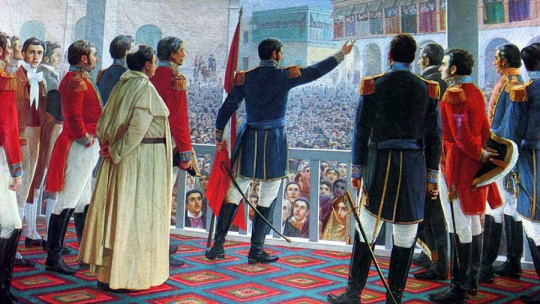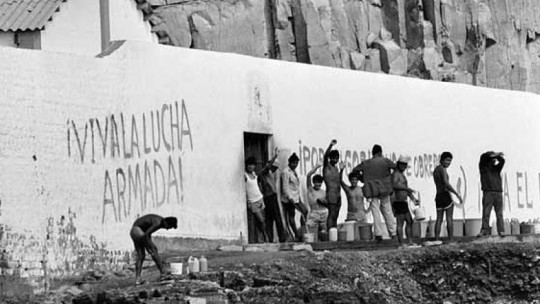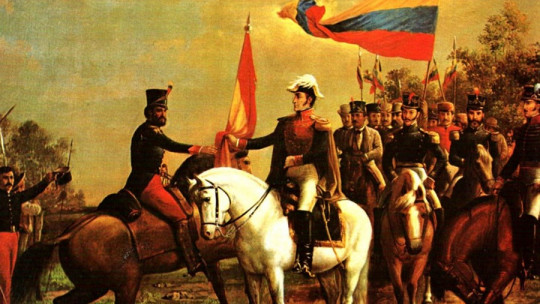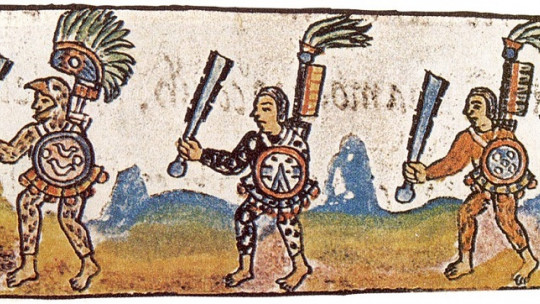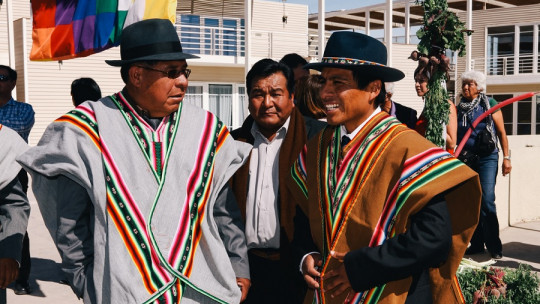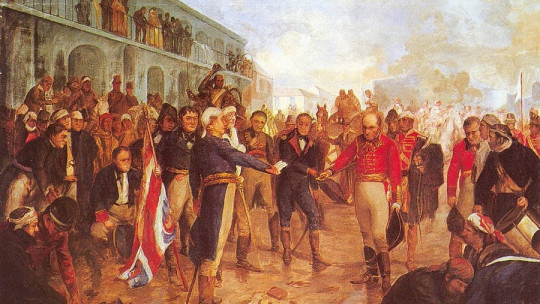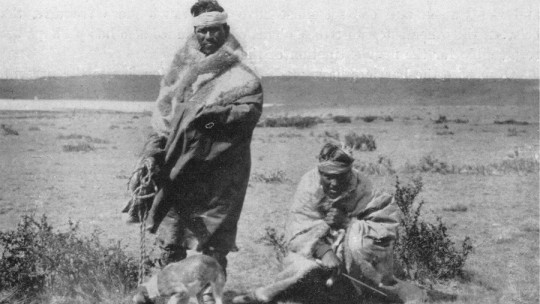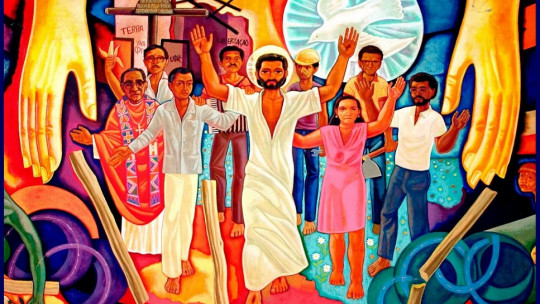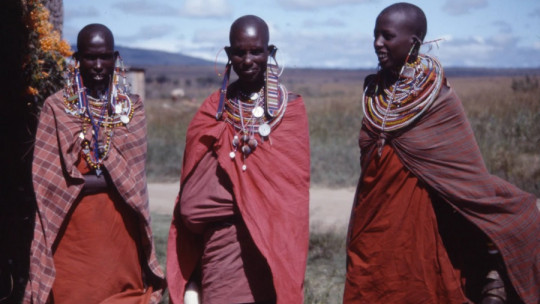The Inca empire, the viceroyalty of Peru, independence, the Leguía dictatorship… There are many historical events that have shaped Peruvian culture and identity.
Peru is a Latin American nation that has witnessed many historical events, both national and international, that have deeply marked it and have contributed to making it what it is today.
Among the many events that this country has experienced, below we present a compilation with the main historical events of Peru explained.
The 12 main historical events of Peru
Peru is a Latin American nation full of culture, art and, of course, history. There are many events that the Peruvian lands have witnessed, ranging from the rise of the Inca Empire to its fall before the arrival of the Spanish, passing through the first breaths of libertarian and emancipatory air in times of American independence and, later , political instability and territorial conflicts in the country. These are 12 of the most important historical events in Peru.
1. End of the Inca Empire
On November 15, 1532, the Spanish conquistadors led by Francisco Pizarro entered Cajamarca, present-day Peru There Pizarro arranges an interview with the Inca chief Atahualpa for the next day, with apparent diplomatic purposes, but it is all a trap. The Spanish will prepare an ambush and, when the Inca arrives with his escort, they will rush at them without warning. They will manage to catch the great Inca, putting an end to the independence of his vast empire.
Atahualpa will try to get out of this situation successfully by offering to fill the room in which he is imprisoned with gold, silver and precious stones as a ransom for his freedom. At first, Pizarro accepts the offer, but Atahualpa will remain imprisoned for a few more months until, finally, he is accused of idolatry, fratricide and treason. For this reason he will be condemned to die at the stake, but his sentence will be commuted to that of the garrote for having embraced the Catholic faith, and he was finally executed on July 26, 1533.
Later, Pizarro and his men managed to take the Inca city of Cuzco, sacred capital of the Inca Empire , which at that time was inhabited by nearly 100,000 people. This conquest ends up completely weakening the few Inca resistances that were still standing, completely disintegrating the Inca regime and contributing to the rebellion of the tribes that for centuries had been oppressed by this pre-Hispanic culture.
2. Lima Foundation
Already having effective control over the ancient lands of the Incas, On January 6, 1535, three trackers of Francisco Pizarro explored the Rímac valley returning to the Pizarro settlement to tell him about the numerous wonders they had found in the place.
Pizarro, amazed by everything his men said they had seen, He decides to found the new capital on the 18th of that same month, which he will name the City of Kings in honor of the Three Kings of the East, for the date on which the region was explored. As time went by, this same city would receive a new name: Lima, the current capital of Peru.
3. Beginning of emancipation
On February 5, 1819, a treaty of alliance was signed in Buenos Aires between the government of the United Provinces of the Río de la Plata and the Chilean government , with the aim of ending Spanish domination in Peru and thus beginning its emancipation process. General José de San Martín considers it urgent, since he believes that the independence of the United Provinces will not be completely secure until Peru stops being an important stronghold of royalist forces.
The Chileans Bernardo O’Higgins and Joaquín Echeverría sign this alliance and through this gesture the entire process of independence of Peru is initiated. Just one year later, On October 21, 1820, by means of a decree promulgated by General San Martín, the flag and coat of arms of Peru were created The objective of this is psychological, since by having a symbol with which to identify themselves, the Peruvian forces would be more motivated and united when fighting against the Spanish Empire.
4. Trujillo, first free city
On December 29, 1820, the city of Trujillo became a hot spot for Peruvian emancipation. After a few days ago the mayor of the city José Bernardo de Tagle received a letter from San Martín, dated November 20, 1820 and inviting him to the independence cause, the city’s independence act is signed
The Spanish flag is lowered, and the national flag of Peru is raised for the first time, making Trujillo the first city to complete independence from Spain.
5. Proclamation of the Independence of Peru
It is July 9, 1821 and the troops of the liberator José de San Martín enter Lima. Days later, on the 15th of that same month, San Martín will convene an open town hall meeting and the Act of Independence of Peru will be signed. A little later, On July 28, in a public ceremony he will solemnly proclaim the independence of Peru from Spanish domination and from any foreign domination General San Martín, along with the red and white flag that accompanied the revolutionaries during the campaign, proclaims the following words:
“Peru from this moment is free and independent by the general will of the people and by the justice of its cause that God defends. Long live the country! Long live freedom! Live the independence!.”
On August 2 of that same year, San Martín will occupy the position of “protector of Peru”, immediately starting to organize the creation of a provisional government. With the desire to make Peru a truly independent nation, Simón Bolívar arrived on September 10, 1823 at the port of Callao, Peru where he dedicated himself to training and organizing the new army while continuing with his political activities and continuing to prepare for the complete independence of the entire American continent.
6. Battle of Ayacucho
On December 9, 1824, the battle of Ayacucho took place, a place that means “the corner of the dead” in Quechua. Over there The confrontation takes place that puts the definitive end to the Spanish domination of Peru and the continent, battle in which 5,000 American soldiers managed to defeat almost twice as many royalist soldiers of Viceroy José de la Serna. At the end of that same month, the viceroyalty of Peru is annulled and, de facto, the nation is finally free.

7. Hug of Maquinhuayo
On January 4, 1834, after the presidential election of Luís José de Orbegoso, Pedro Bermúdez proclaimed himself Supreme Chief. With this proclamation the young Peruvian nation enters into civil war, with the troops of Orbegoso and those of the general and soldier José Rufino Echenique facing each other
The conflict will end with what is known as the embrace of Maquinhuayo, when Echenique’s rebel troops defect to those of President Orbegoso. Bermúdez, who no longer has de facto power nor is he supreme head of anything, will be expatriated to Costa Rica with a pension of 2,000 pesos that the Orbegoso government itself will grant him.
8. Battle of Callao
In the context of Spain’s war against Peru and Chile, on May 2, 1866, the Battle of Callao took place. Although the Peruvian army was at an obvious disadvantage, Thanks to the help of Bolivian, Chilean and Mexican troops, the people of South America emerged victorious from the Spanish attacks
This victory has quite a bit of merit, since the Spanish battery was made up of about 7 main frigates, plus an army of small ships that, together, amounted to more than 245 artillery pieces. On the other hand, the Peruvian army only had a few ships, poorly equipped for battle, but thanks to Peruvian cunning and the help of other Latin American nations they managed to decommission many Spanish frigates.
- Related article: “Psychology of conflict: the theories that explain wars and violence”
9. The War of the Pacific (1879-1883)
On April 5, Chile declares war on Peru’s alliance with Bolivia, being its casus belli interest in the saltpeter lands of the Atacama Desert , which is why this Pacific war is also called the Guano and Saltpeter War. During the War of the Pacific, five campaigns occurred: the Maritime Campaign (1879), the Tarapacá Campaign (1879), the Tacna and Arica Campaign (1880), the Lima Campaign (1880) and the Sierra Campaign (1881-1884). .
On January 15, near Lima, the Battle of Miraflores takes place where Chile wins and lays siege to the capital of Peru , ending the war with Peru. Two years later the war would end definitively, with the Treaty of Ancón signed by which Bolivia would end up losing its only outlet to the sea.
10. Discovery of Machu Picchu
On July 24, 1911, the American professor and adventurer Hiram Bingham, a true Indiana Jones of the time, discovered the Inca citadel of Machu Picchu. The ruins of this imposing city located 2490 meters above the sea were completely covered by vegetation but today Machu Picchu is part of the select list of the Seven Wonders of the Modern World.
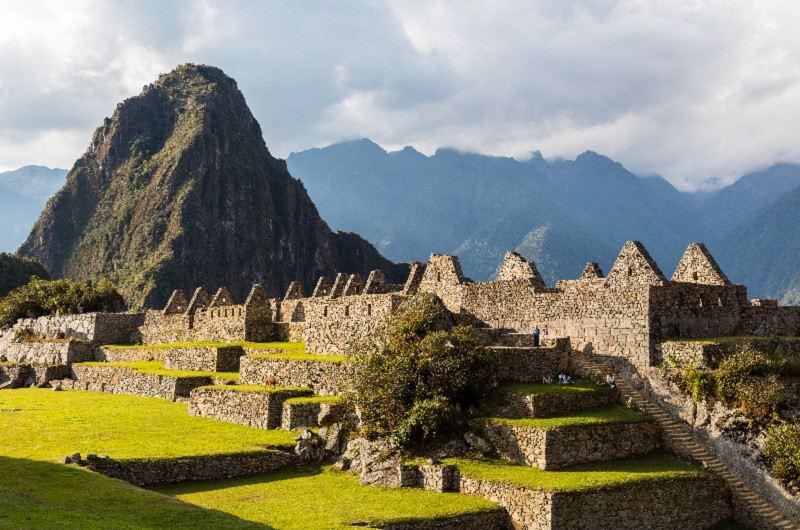
- You may be interested: “Inca proverbs and their meaning”
11. Leguía coup d’état
On April 4, 1919, Augusto Bernardino Leguía carried out a coup d’état and began the Oncenio de Leguía He himself ran during the 1919 presidential elections, in which Leguía and his opponent Ántero Aspíllaga Barrera participated. Leguía was affected by numerous complaints that ended up annulling thousands of votes in his favor, in addition to the Peruvian parliament opposing his election.
Faced with this situation, he decided to carry out a coup d’état, which ended with the deportation of President José Pardo y Barreda to the United States, in addition to the dissolution of Congress and the proclamation of Leguía as provisional president. But Leguía would not be in power forever, since he would be overthrown on August 22, 1930 thanks to several internal pronouncements and, furthermore, because the world economic crisis of 1929 had noticeably affected the stability of Peru.
Peace does not come after the overthrow, quite the opposite. Peru begins a period of revolts that led Luis Sánchez to assume the provisional presidency of the nation However, there were many who wanted to take power and, as a consequence, several popular revolutions occurred that forced Sánchez to resign from office, causing even more instability in the country. It would not be until the elections of October 11, 1931 where there would be some stability again, with Luis Sanchez emerging as the winner.
12. Cenepa War
On January 27, 1995, an armed confrontation took place between Peru and Ecuador, which was due to the dispute over 340 square kilometers of the border This war had as its main setting the vicinity of the Cenepa River with six military settlements near the Cóndor mountain range. The fighting lasted just over a month, ending on March 2, leaving behind numerous wounded and dead on both sides. Finally, on October 26, 1998, a peace treaty was signed, putting an end to their historic territorial dispute.

